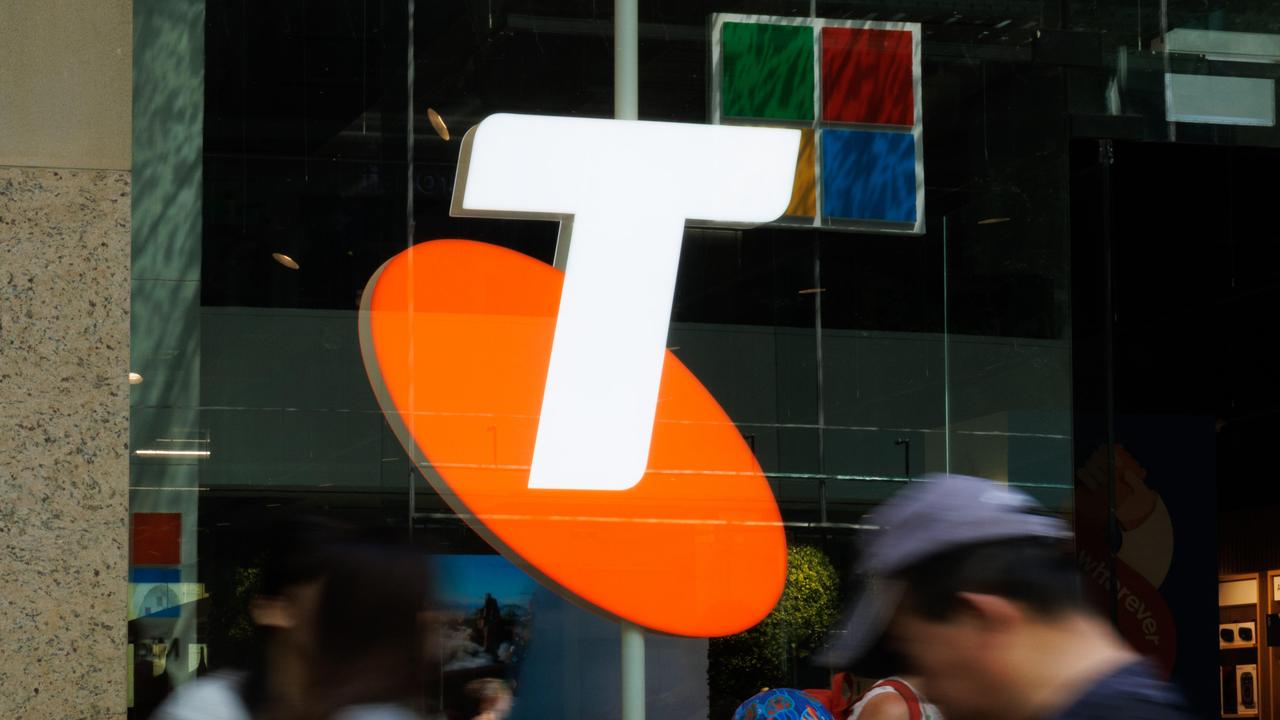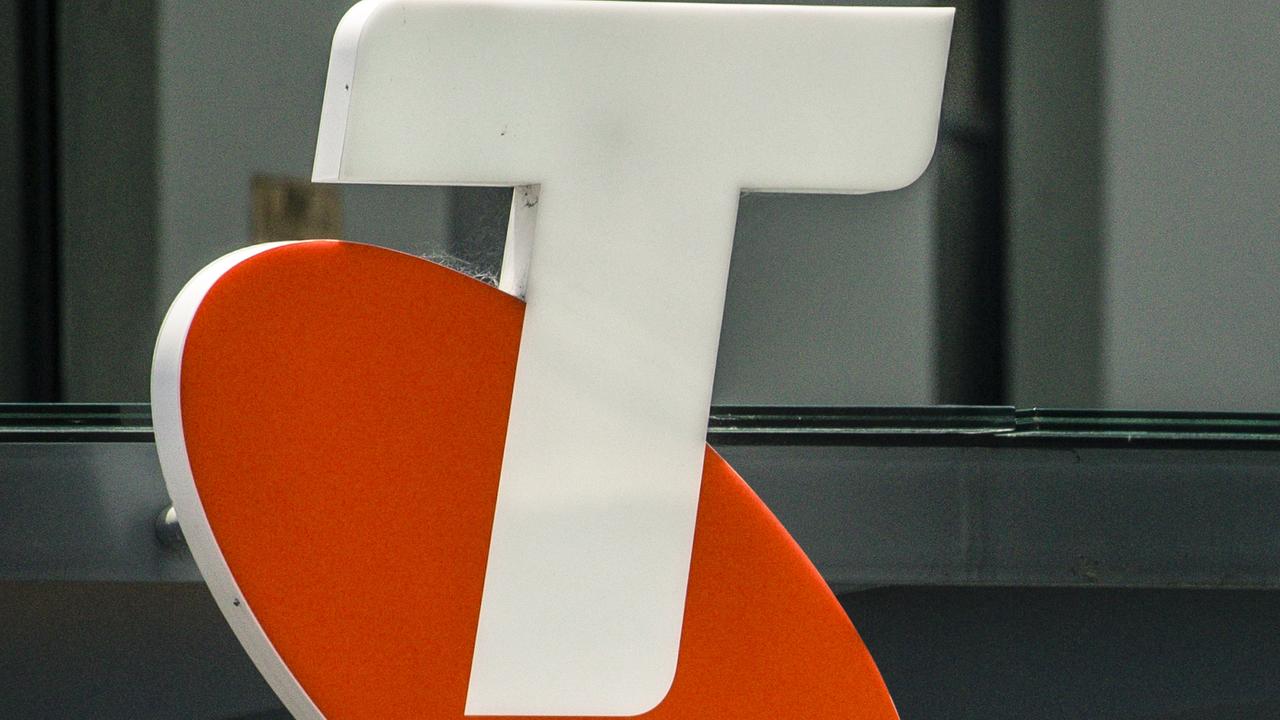Telstra announces bumper profits, dividend bump in half-year results
Telstra says its heavy investment in the Australian network is paying off, as the telco announces massive payouts to shareholders.
Telstra has announced a bumper profit on the back of its mobile business continuing to attract new customers.
In an announcement to the ASX on Thursday, Telstra said revenue firmed 1.5 per cent to $11.6bn in the six months to December 31, while net profit after tax was up 7.1 per cent to $1.1bn for the half year.

Telstra shareholders will get a larger dividend, up 5.6 per cent to 9.5c per share, while the company will also buy $750m of its own shares.
Chief executive Vicki Brady said this was the fourth consecutive year of first-half underlying growth.
“This growth was driven by more people choosing our network, with 119,000 net new mobile handheld customers and average revenue per customer growth. Mobile services revenue grew by 3.1 per cent,” Ms Brady said.
In late 2024, Telstra announced an increase in costs for its mobile plans. Prepaid customers saw the price of their plans increase by $4 in October, while postpaid customers saw price hikes starting from $3 back in August.
This helped lift revenue by 3.1 per cent during the six months until December 31.
The telco said the price changes would allow it to keep investing in its mobile coverage and performance as well as improve the “reliability and security of services while responding to increased usage on our network”.

Telstra said it would continue to invest in its 5G mobile network by another $800m over the next four years to continue to remain ahead of its competition.
Telstra is facing increased competition from Vodafone owner TPG and Optus’s $1.6bn network sharing deal. TPG chief executive Inaki Berroeta said the tie-up would end Telstra’s “bush tax”, referring to Telstra’s plans being 24 per cent more expensive than Vodafone’s.
Under the network sharing agreement, TPG will pay Optus $1.19bn to increase its coverage from 400,000sq km to more than one million square kilometres, more than doubling its coverage.
Ms Brady also said the company’s fixed enterprise business grew off the back of cost reductions.
“This includes the good progress we have made towards reducing our product portfolio by two-thirds and reorganising our teams to deliver better for customers and operate more efficiently,” she said.



